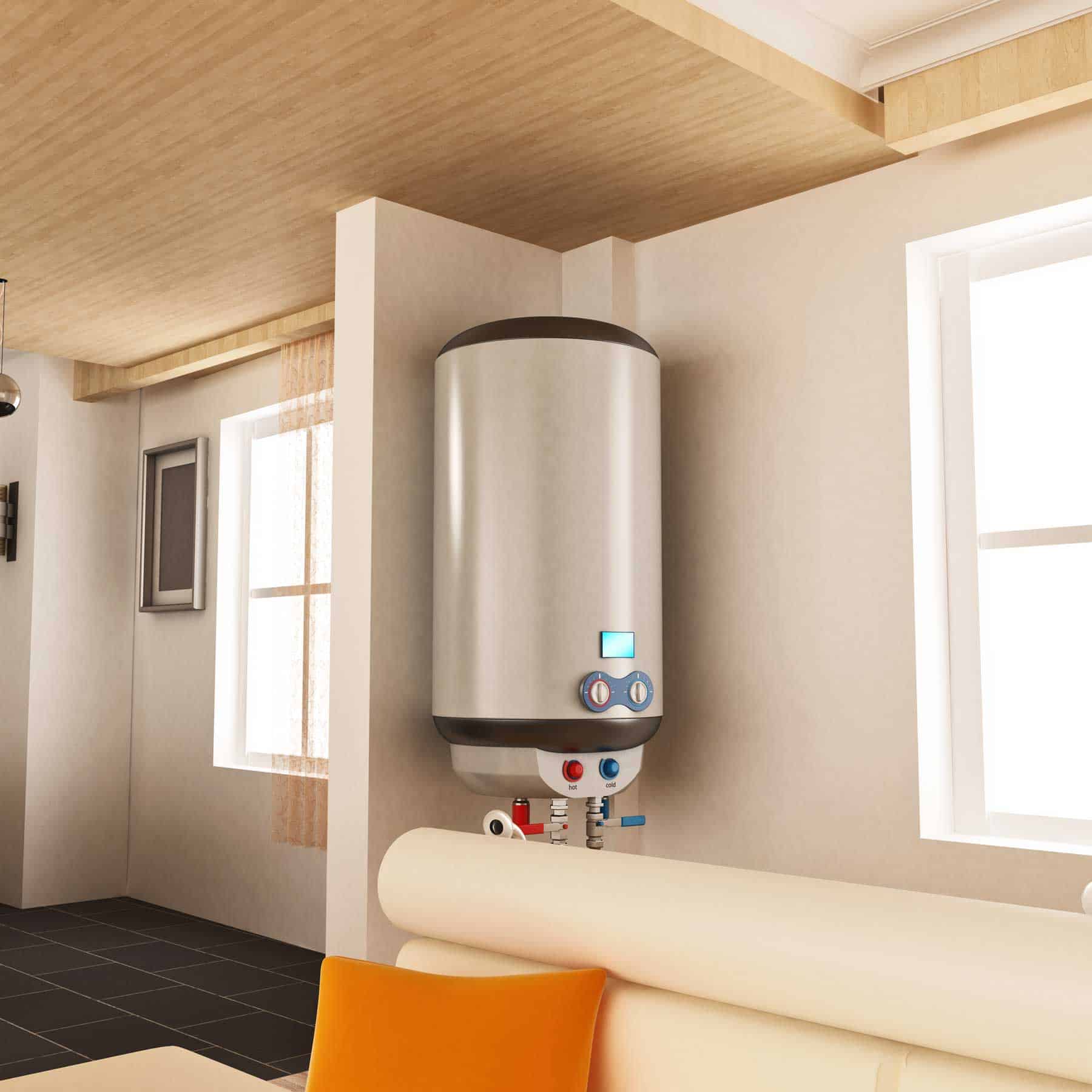Expert Guidance for Caring for Your Home's Hot Water System
Expert Guidance for Caring for Your Home's Hot Water System
Blog Article
What are your insights and beliefs about What Kind of Maintenance Do Water Heaters Need??

Warm water is vital for daily comfort, whether it's for a revitalizing shower or cleaning dishes. To guarantee your warm water system runs successfully and lasts longer, normal maintenance is key. This short article gives useful suggestions and understandings on exactly how to keep your home's warm water system to avoid interruptions and expensive repair services.
Introduction
Maintaining your home's warm water system may appear challenging, but with a few straightforward steps, you can ensure it runs smoothly for several years to come. This overview covers everything from understanding your warm water system to DIY upkeep suggestions and recognizing when to employ expert aid.
Value of Maintaining Your Warm Water System
Regular maintenance not only prolongs the lifespan of your hot water system yet likewise guarantees it operates effectively. Ignoring maintenance can bring about decreased effectiveness, greater energy expenses, and even early failure of the system.
Indications Your Warm Water System Needs Maintenance
Recognizing when your hot water system requires focus can avoid significant concerns. Look out for indications such as irregular water temperature, weird noises from the heating unit, or corroded water.
Understanding Your Hot Water System
Before diving right into upkeep tasks, it's handy to comprehend the basic elements of your warm water system. Normally, this consists of the hot water heater itself, pipes, anode rods, and temperature level controls.
Monthly Upkeep Tasks
Regular regular monthly checks can assist capture small issues before they intensify.
Purging the Water Heater
Flushing your hot water heater removes sediment accumulation, boosting efficiency and extending its life.
Monitoring and Replacing Anode Rods
Anode rods avoid deterioration inside the tank. Checking and replacing them when broken is important.
Inspecting and Adjusting Temperature Level Setups
Readjusting the temperature level setups makes sure ideal efficiency and safety.
DIY Tips for Upkeep
You can carry out a number of maintenance tasks yourself to maintain your warm water system in leading problem.
Looking for Leakages
Frequently check pipelines and connections for leakages, as these can cause water damage and higher expenses.
Checking Pressure Alleviation Valves
Examining the stress relief valve ensures it functions properly and protects against too much stress buildup.
Insulating Pipes
Insulating warm water pipelines lowers warm loss and can conserve power.
When to Call an Expert
While do it yourself upkeep is helpful, some problems need specialist competence.
Complicated Concerns Needing Professional Help
Instances consist of major leaks, electrical troubles, or if your hot water heater is constantly underperforming.
Routine Specialist Upkeep Perks
Expert upkeep can consist of extensive evaluations, tune-ups, and ensuring conformity with security requirements.
Conclusion
Normal maintenance of your home's warm water system is necessary for efficiency, long life, and price savings. By following these pointers and understanding when to seek expert help, you can make sure a trustworthy supply of hot water without unanticipated disruptions.
How to Maintain an Instant Hot Water Heater
Before tinkering with your hot water heater, make sure that it’s not powered on. You also have to turn off the main circuit breaker and shut off the main gas line to prevent accidents. Also turn off the water valves connected to your unit to prevent water from flowing into and out of the appliance. 2. When you’re done, you have to detach the purge valves’ caps. These look like the letter “T†and are situated on either side of the water valves. Doing so will release any pressure that has accumulated inside the valves while at the same time avoid hot water from shooting out and burning your skin. 3. When the purge valves’ caps are removed, you have to connect your hosing lines to the valves. Your unit should have come with three hoses but if it didn’t, you can purchase these things from any hardware or home repair shops. You can also get them from retail stores that sell water heating systems. Read the user’s manual and follow it to complete this task properly. When the hosing lines are connected, open the purge port’s valves. 4. You should never use harsh chemical cleaners or solutions when cleaning your unit. Make use of white vinegar instead. It should be undiluted and you’ll probably use about 2 gallons. 5. Now flush your water heater. This task should probably take about 40 minutes. We can’t give you specific directions for this because the procedure is carried out depending on the type, model and brand of your heater. With that being said, refer to the user’s manual. 6. When you’re done draining the unit, you have to turn off the purge port valves again. Remove the hosing lines that you earlier installed on each of the water valves. Put the valve caps (purge port) back in their respective places and be very careful so as not to damage the rubber discs that are found inside these caps. 7. Now that everything’s back in place, check your user’s manual again to find out how to reactivate your water heating system. 8. Once it is working, turn one of your hot water faucets on just to let air pass through the heater’s water supply pipes. Leave the tap on until water flows smoothly out of it. https://www.orrplumbing.com/blog/2014/september/how-to-maintain-an-instant-hot-water-heater/

We were guided to that write-up on How to Maintain Your Water Heater & Prolong its Life from an acquaintance on another website. Are you aware of another individual who is in the market for the niche? Take a moment to share it. We treasure your readership.
Get Estimate Report this page